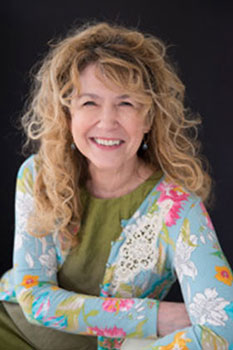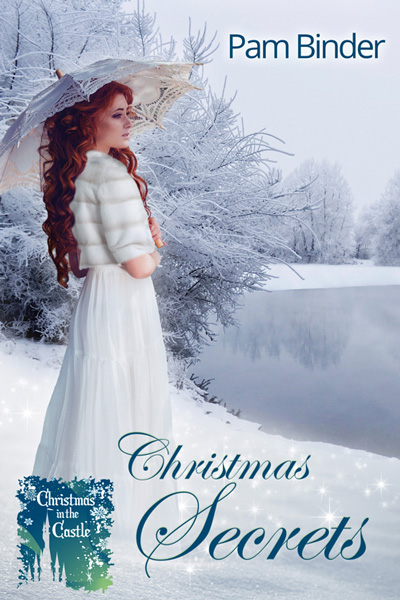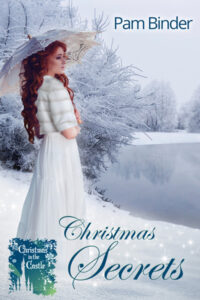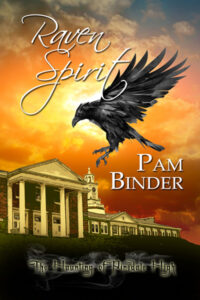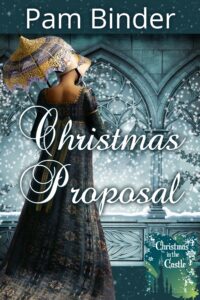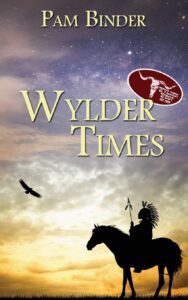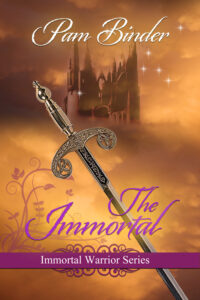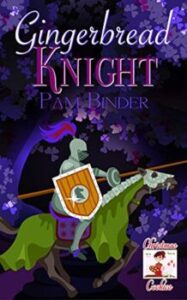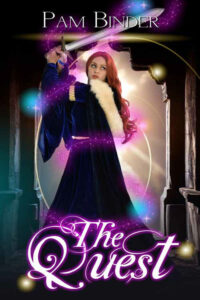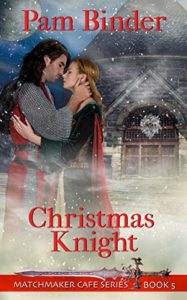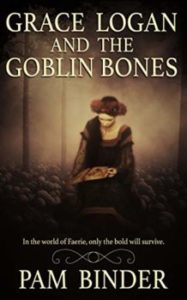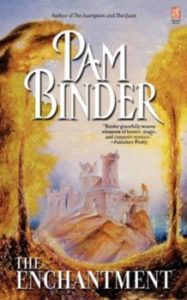Winter Solstice
Winter Solstice, or Yule, as it is known in Celtic celebrations.
This time of year was seen as a great reversal of the Sun’s presence in the sky and stories of the birth or rebirth of the sun gods were a common thread in the world’s cultures. The Celts believed that on this night the Holly King, as the God of the waning year, would battle the Oak King, the God of the waxing year – and lose.
Winter Solstice Celebrations from hundreds and thousands of years ago to the present:
Christmas, Natalis Domini (4th century Rome, Christian) Christmas or Christ’s Mass is one of the most popular Christian celebrations as well as one of the most globally recognized mid-winter celebrations. Christmas is the celebration of the birth of Jesus Christ, called the “son of God,” the second person of the Holy Trinity, as well as “Savior of the World.” The birth is observed on December 25. Activities include feasting, Midnight Masses and singing Christmas carols. Many observe the holiday for twelve days leading up to Epiphany.
Rozhanitsa (12 Century East Slavs, Russia) In 12th century Russia, the eastern Slavs worshiped the winter mother goddess, Rozhnitsa, offering her honey, bread and cheese. Bright colored winter embroideries depicting the antlered goddess were made in her honor and white, deer-shaped cookies were given as lucky gifts. Some Russian women continued the observation of these traditions into the 20th century.
Brumalia (Roman Kingdom) Influenced by the Ancient Greek Lenaia festival, Brumalia was an ancient Roman solstice festival honoring Bacchus. The festival included drinking and merriment. The name is derived from the Latin word bruma, meaning “shortest day” or “winter solstice”.
Dongzhi (East Asian Cultural Sphere) The Winter Solstice Festival or The Extreme of Winter is one of the most important festivals celebrated by the Chinese on or around December 21 when sunshine is weakest and daylight shortest. The origins of this festival can be traced back to the yin and yang philosophy of balance and harmony in the cosmos.
Hanukkah (Jewish) Hanukkah, also know as the Festival of Lights, is an eight-day Jewish holiday commemorating the rededication of the Second Temple in Jerusalem at the time of the Maccabean Revolt of the 2nd century BCE. Hanukkah is observed for eight nights, starting on the 25th day of Kislev according to the Hebrew calendar, which may occur at any time from late November to late December. The festival is observed by the kindling of the lights of a unique candelabrum, the nine-branched Menorah of Hanukkah.
Makara Sankranti (Hindu, India and Nepal) Makara Sankranti, is the only Hindu festival which is based on the celestial calendar rather than the lunar calendar. In some parts of India, the festival is celebrated by taking dips in the Ganges or another river and offering water to the Sun god. In many cities, families fly bright colorful kites from their roofs all day and into the night. It is a form of celebrating and welcoming the longer days.
Shab-e Chelleh, Yalda (2nd millennium BC Persian Empire, Iran) Shab-e Chelleh is celebrated on the eve of the first day of winter in the Persian calendar, which always falls on the solstice. According to Iranian mythology, Mithra was born at the end of this night after the long-expected defeat of darkness against light. Shab-e Chelleh is now an important social occasion, when family and friends get together for fun and merriment. The presence of dried and fresh fruits is reminiscence of the ancient feasts to celebrate and pray to the deities to ensure the protection of the winter crops.
Inti Raymi (Inca: Peru, Bolivia, Ecuador) Inti Raymi, or “Festival of the Sun” was a religious ceremony of the Inca Empire in honor of the sun god, Inti. One ceremony performed by the Inca priests was the tying of the sun. In Machu Picchu there is still a large column of stone called an Intihuatana, meaning, “hitching post of the sun”. The ceremony to tie the sun to the stone was to prevent the sun from escaping.
Soyal (Zuni people and Hopi people of North America) Soyal is the winter solstice ceremony of the Zuni and the Hopi. It is held on December 21, the shortest day of the year. The main purpose of the ritual is to ceremonially bring the sun back from its long winter slumber. It also marks the beginning of another cycle of the Wheel of the Year, and is a time for purification.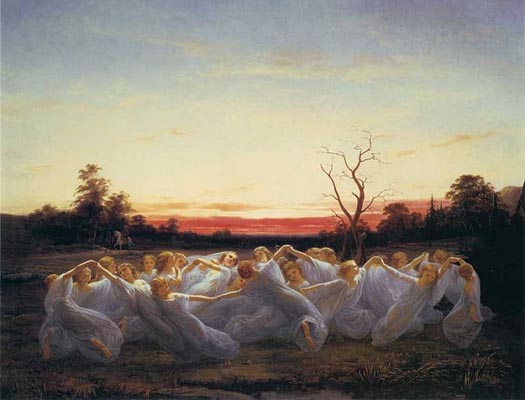
Yule (Finnic and Germanic peoples) Yule or Yuletide, is a winter festival that was initially celebrated by the Northern European people as a pagan religious festival, though it was later absorbed into, and equated with, the Christian festival of Christmas. The festival was originally celebrated from late December to early January on a date determined by the lunar Germanic calendar. The festival was placed on December 25 when the Christian calendar (Julian calendar) was adopted. Scholars have connected the celebration to the Wild Hunt.
So why did our ancestors single out Winter Solstice as a celebration in the first place? There are many theories, but one caught my attention. Starvation was common during harsh winters and as a result, communities joined together, and shared lodging and food in order to survive. It was a time to take a break and appreciate their blessings.
Winter Solstice is not the end of the world. It is the continuing of our awareness of the good in everyone. The signs have always been there. We just have to think with our hearts.
